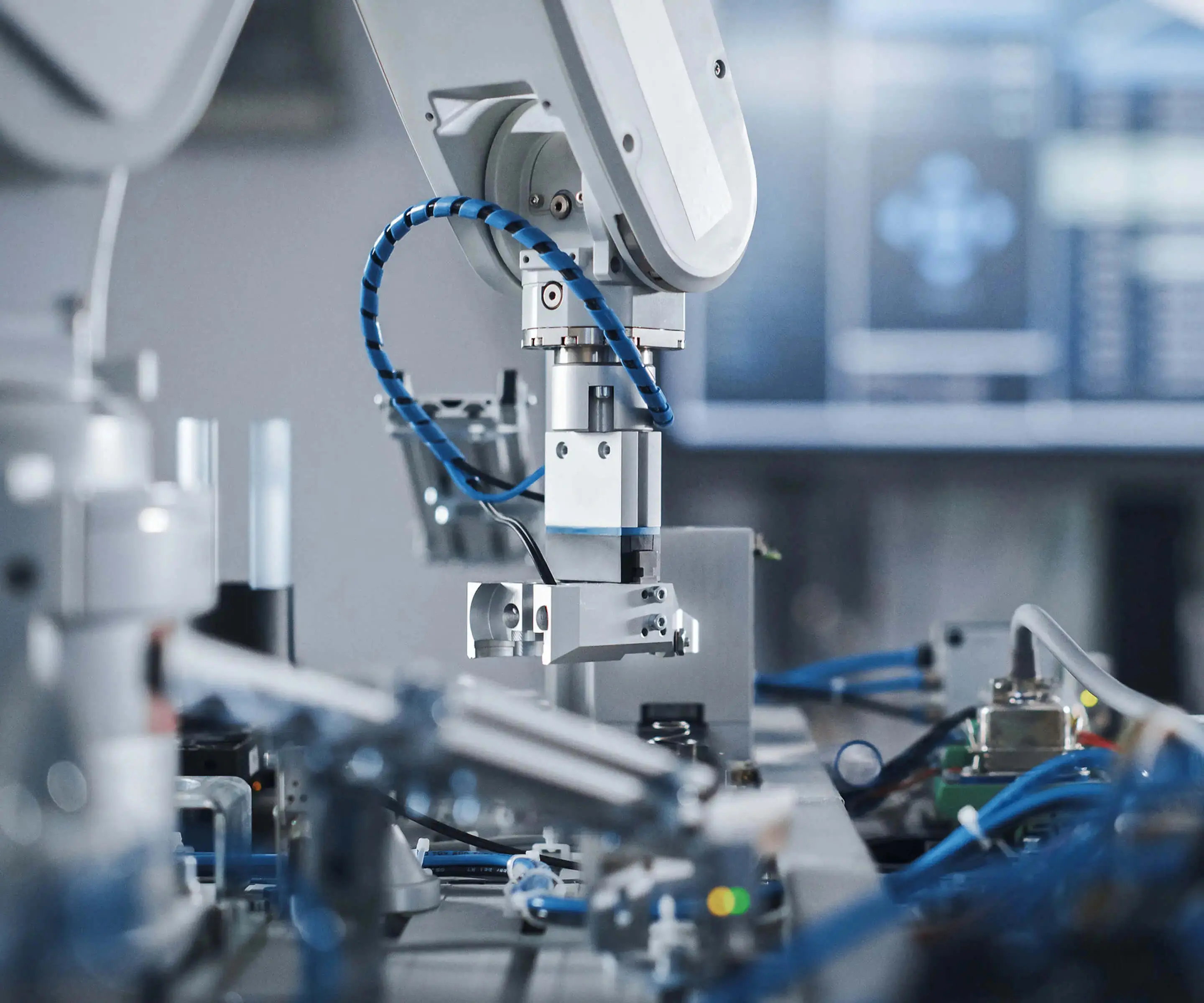Imagine a world where your applications don’t crash every time a small feature goes wrong. That’s where microservices come in, quietly transforming how businesses run software behind the scenes. Instead of one giant monolith crammed with thousands of lines of code, think of microservices as tiny, independent units—each one focused on doing one thing really well. They’re like a well-orchestrated band, where each instrument plays its part, but if one misses a beat, the entire song keeps going.

So, what exactly does “microservices” mean? Picture breaking down a complex app into smaller, manageable pieces—each piece handling its own data and logic. For example, imagine an e-commerce site. You might have one microservice for handling product details, another for processing payments, and yet another for managing user accounts. These parts can be developed, deployed, and scaled independently, making everything more flexible and efficient compared to that old, clunky all-in-one system.
Have you ever wondered why big tech companies are obsessed with microservices? It’s because they enable rapid updates with less risk. Imagine you're rolling out a new feature for your user login—without affecting the checkout process or inventory management. That’s a game changer. Moreover, microservices let teams work on different parts simultaneously, speeding up development cycles. No more waiting for a massive codebase to be ready—just update a small service, test it, and go.
But wait, isn’t managing all these little pieces complicated? Sure, it can be. That’s where tools and best practices come into play. Containerization, like using Docker, keeps microservices neatly isolated, so one glitch doesn’t spread like wildfire. Cloud platforms help too, enabling you to scale each service up or down based on demand. Think about a holiday sales spike—your payment microservice can handle it without blocking the entire site.
Now, why should someone pick microservices over a traditional approach? Because the benefits speak for themselves. Faster development, easier maintenance, better fault tolerance. Plus, ongoing innovations in cloud tech make it even easier to adopt. When you add in automation and monitoring tools, microservices become a seamless part of your tech stack—not an unwelcome headache.
This isn’t just tech mumbo jumbo either. It’s about how real-world businesses stay competitive. If you can fix bugs faster, add new features quicker, and keep your app running smoothly even when things get hectic, you’re already ahead. Microservices, in essence, turn your rigid, slow-moving giant into a nimble, adaptable creature—ready for whatever the future throws at it.
In the end, understanding microservices isn’t just about technical jargon. It’s about reshaping how digital businesses deliver experiences, adapt to change, and grow without being chained to outdated architectures. Whether you're running a startup or an enterprise, embracing this approach opens new doors—and that’s what keeps everything moving forward.
Established in 2005, Kpower has been dedicated to a professional compact motion unit manufacturer, headquartered in Dongguan, Guangdong Province, China. Leveraging innovations in modular drive technology, Kpower integrates high-performance motors, precision reducers, and multi-protocol control systems to provide efficient and customized smart drive system solutions. Kpower has delivered professional drive system solutions to over 500 enterprise clients globally with products covering various fields such as Smart Home Systems, Automatic Electronics, Robotics, Precision Agriculture, Drones, and Industrial Automation.




































